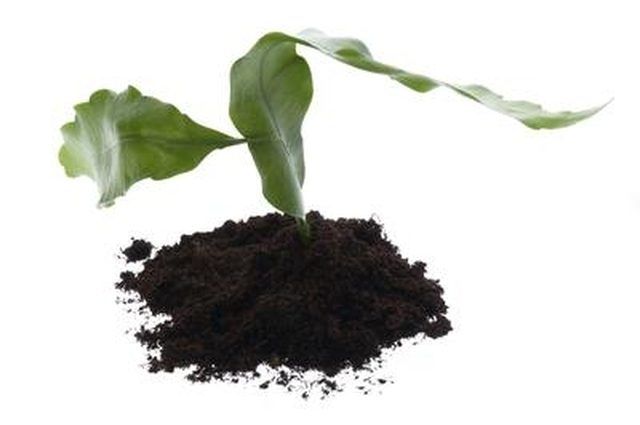Bulbs
Flower Basics
Flower Beds & Specialty Gardens
Flower Garden
Garden Furniture
Garden Gnomes
Garden Seeds
Garden Sheds
Garden Statues
Garden Tools & Supplies
Gardening Basics
Green & Organic
Groundcovers & Vines
Growing Annuals
Growing Basil
Growing Beans
Growing Berries
Growing Blueberries
Growing Cactus
Growing Corn
Growing Cotton
Growing Edibles
Growing Flowers
Growing Garlic
Growing Grapes
Growing Grass
Growing Herbs
Growing Jasmine
Growing Mint
Growing Mushrooms
Orchids
Growing Peanuts
Growing Perennials
Growing Plants
Growing Rosemary
Growing Roses
Growing Strawberries
Growing Sunflowers
Growing Thyme
Growing Tomatoes
Growing Tulips
Growing Vegetables
Herb Basics
Herb Garden
Indoor Growing
Landscaping Basics
Landscaping Patios
Landscaping Plants
Landscaping Shrubs
Landscaping Trees
Landscaping Walks & Pathways
Lawn Basics
Lawn Maintenance
Lawn Mowers
Lawn Ornaments
Lawn Planting
Lawn Tools
Outdoor Growing
Overall Landscape Planning
Pests, Weeds & Problems
Plant Basics
Rock Garden
Rose Garden
Shrubs
Soil
Specialty Gardens
Trees
Vegetable Garden
Yard Maintenance
What Is the Difference Between Topsoil & Subsoil & Bedrock?
What Is the Difference Between Topsoil & Subsoil & Bedrock?. Most people take soil for granted; yet, it is the one thing that sustains plant life so that the rest of us can live. Soil is composed of several layers, which all differ in their composition and depth within the earth. Subsoil, bedrock and topsoil are three such layers of soil, and they...

Most people take soil for granted; yet, it is the one thing that sustains plant life so that the rest of us can live. Soil is composed of several layers, which all differ in their composition and depth within the earth. Subsoil, bedrock and topsoil are three such layers of soil, and they all have important characteristics for gardening and landscaping.
Formation
Making soil is a biological process accomplished by several different microorganisms. Bacteria, fungi and other organisms decompose living matter and eventually turn it back into soil. From there, temperature, along with pressure and weathering, shapes the remains of previous living beings into what we call soil. Furthermore, soil formation still goes on today and deep within the earth, the same processes work to change bedrock into topsoil at a rate of one inch every 500 years.
Bedrock
The most fundamental level of soil is bedrock. The bedrock layer of soil sits below the subsoil and topsoil levels in the form of very hard rock. Here the bedrock waits for erosion and other geological processes, such as earthquakes, to begin changing its form. Bedrock is very hard and tough to work with and allows little, if any, water or air circulation through its tough form. The top of bedrock, called the rockhead, is where the bedrock meets the next layer of soil and engineers often have to dig and find the rockhead before beginning some construction projects.
Subsoil
Subsoil is the layer of soil below the topsoil. It contains mainly sandy and clay deposits without a lot of organic matter. Although subsoil is much less fertile than topsoil, it can be amended to increase its plant-growing capacities. Subsoil is also much lighter in color and much harder to handle than topsoil. It is, however, much looser than the hardened layer of bedrock lying beneath it. One advantage that subsoil has over topsoil is that it contains few if any weed seeds because of its depth, therefore increasing its attractiveness to growers and companies that make topsoil.
Topsoil
The layer of soil closest to our feet is topsoil. Geologists refer to it as the "A" horizon, whereas subsoil is the "B" horizon. Topsoil is much more fertile than subsoil because it contains more organic matter, thus giving it a darker color. A layer of humus, which is essentially dead and decaying organic matter, sometimes covers topsoil. This humus has a number of important properties for gardeners, and, as it decays into topsoil, it creates a nutrient-rich blend of soil that gardeners and landscapers dream about. Unfortunately, being the top level of soil comes at a price. Topsoil is lost to soil erosion and poor farming practices at an alarming rate. In fact, the Green Trust organization estimated that the U.S. lost about 60 percent of its topsoil in 200 years of farming.
Implications
Topsoil depth varies from a few inches to several feet depending on geological processes. Thus, when gardeners and landscapers explain their soil type as clay, sandy or loamy, they are often referring to the top layer of subsoil. A good rule to remember is that the darker the soil, the more nutrients it carries. Additionally, if a gardener or landscaper is concerned about soil fertility, he can have tests done at garden centers or university cooperative extensions.